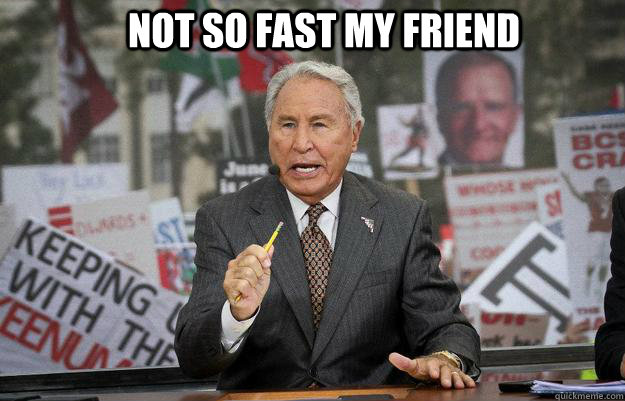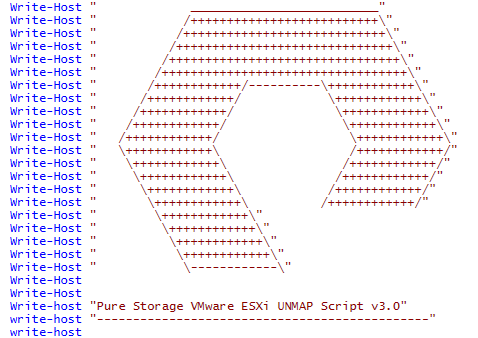This is the fourth in my series of what’s new in ESXi 6.5 storage. Here are the previous posts:
What’s new in ESXi 6.5 Storage Part I: UNMAP
What’s new in ESXi 6.5 Storage Part II: Resignaturing
What’s new in ESXi 6.5 Storage Part III: Thin hot extend
Here is another post for vSphere 6.5 UNMAP! So many improvements and this is a big one for many users. Certainly makes me happy. Previously, in vSphere 6.0.x, when in-guest space reclamation was introduced, the enabling of change block tracking for a given virtual disk blocked the guest OS from being able to issue UNMAP to that disk and therefore prevented it from leveraging the goodness it provides. Rumor has it that this undesirable behavior continued in vSphere 6.5…
Continue reading “What’s new in ESXi 6.5 Storage Part IV: In-Guest UNMAP CBT Support”





